The Official 50 State Birds of the USA: Complete Guide & Interactive Map
Explore all 50 US state birds with our comprehensive guide. Learn about each official state bird's characteristics, habitat, and the history behind their selection as state symbols.
Interactive map showing each state's official bird
Detailed profiles of all 50 state birds with photos
Historical information about each state's bird selection
Conservation status and population distribution data
Select from all 50 US state birds
Or explore our interactive US state birds map below
How to Explore State Birds
Discover the state birds in three ways:
- 1 Click any state on the interactive map
- 2 Use the dropdown menu above the map
- 3 Browse the list of state birds below
Official State Bird
Adoption Date
Conservation
List of State Birds
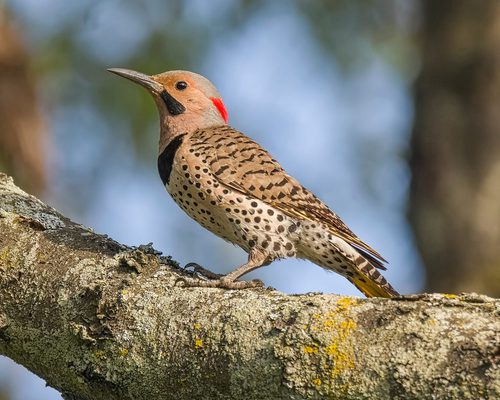
Alabama
Northern Flicker
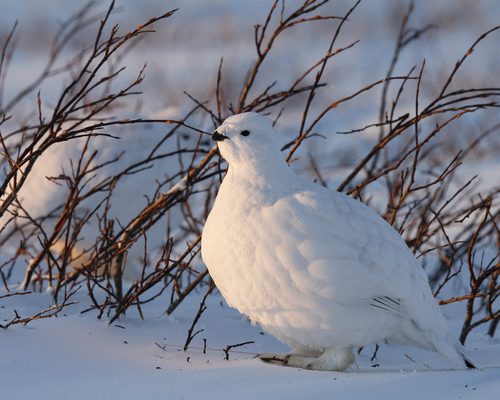
Alaska
Willow Ptarmigan
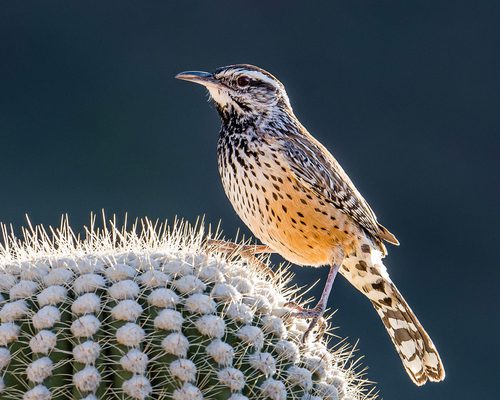
Arizona
Cactus Wren
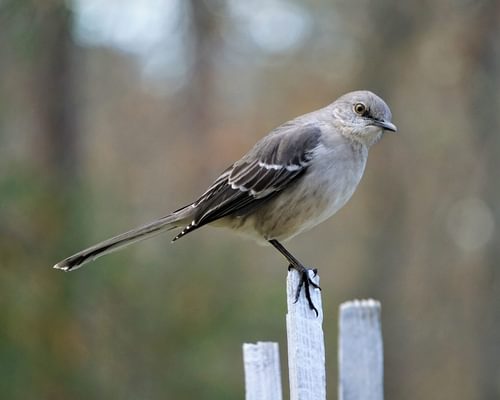
Arkansas
Northern Mockingbird
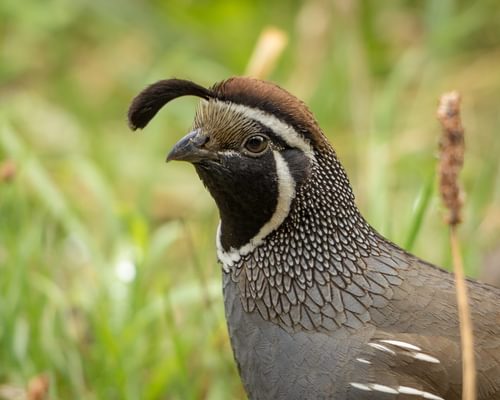
California
California Quail
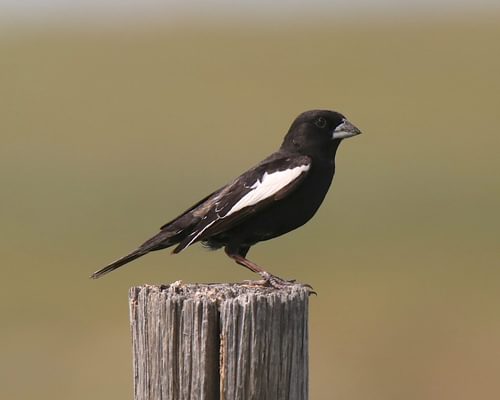
Colorado
Lark Bunting

Connecticut
American Robin
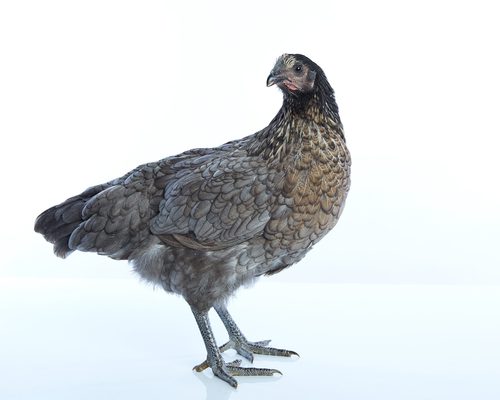
Delaware
Delaware Blue Hen
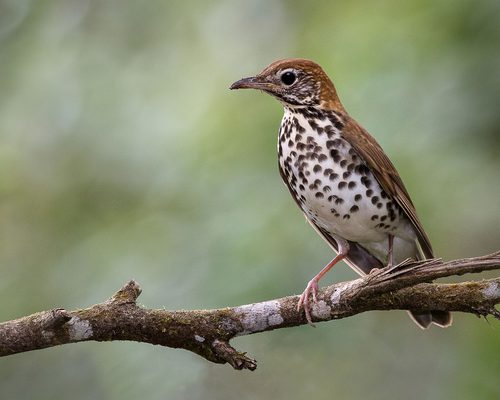
District of Columbia
Wood Thrush

Florida
Northern Mockingbird
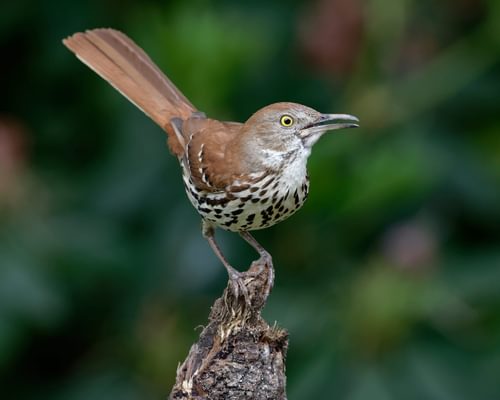
Georgia
Brown Thrasher
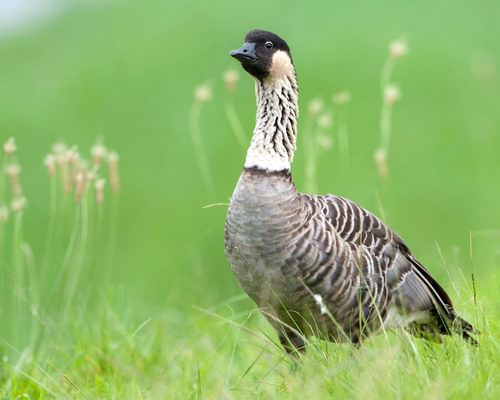
Hawaii
Nene
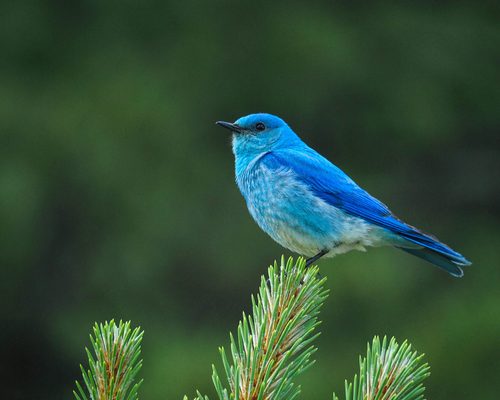
Idaho
Mountain Bluebird
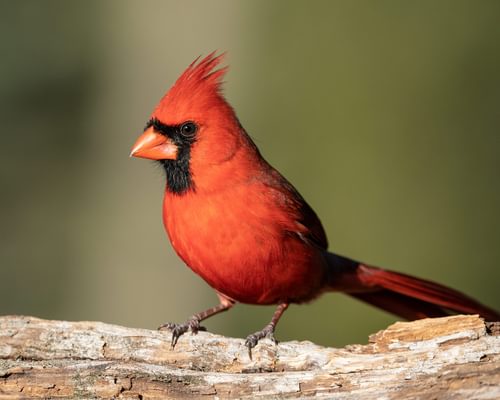
Illinois
Northern Cardinal
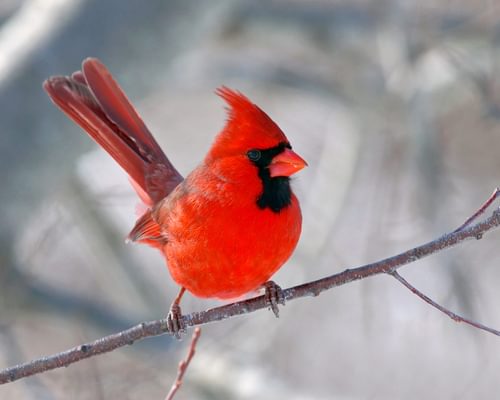
Indiana
Northern Cardinal
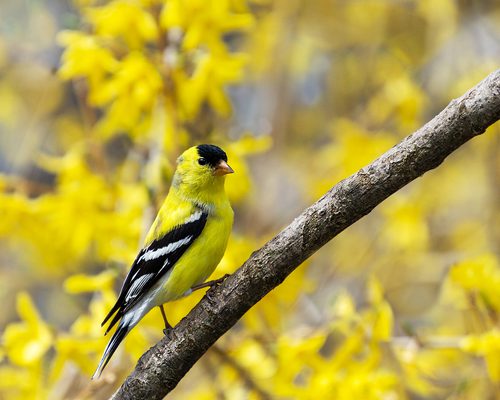
Iowa
American Goldfinch
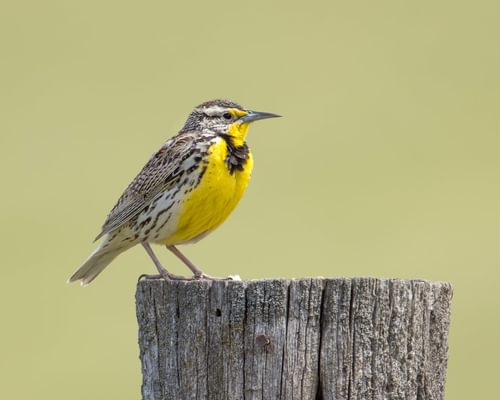
Kansas
Western Meadowlark
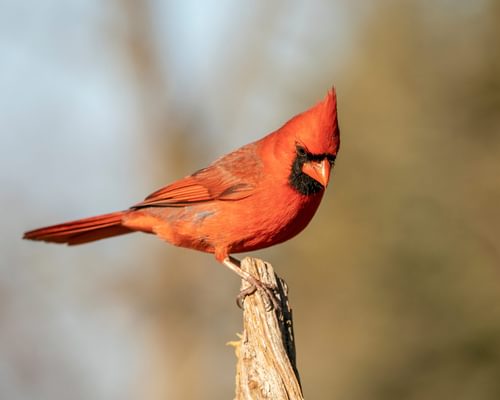
Kentucky
Northern Cardinal
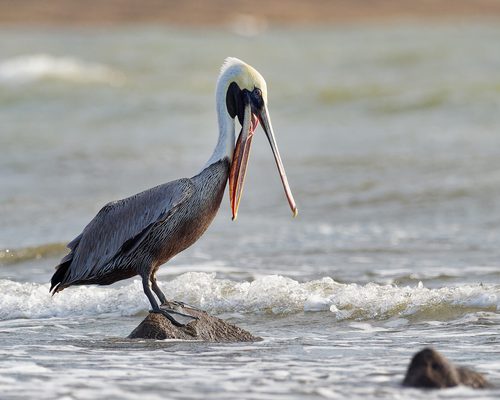
Louisiana
Brown Pelican
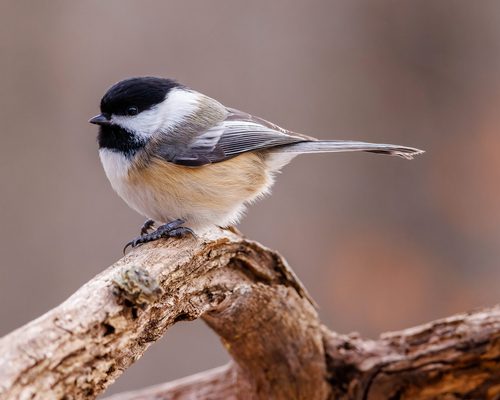
Maine
Black-capped Chickadee
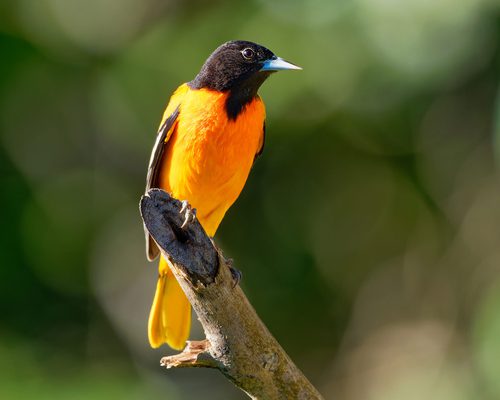
Maryland
Baltimore Oriole
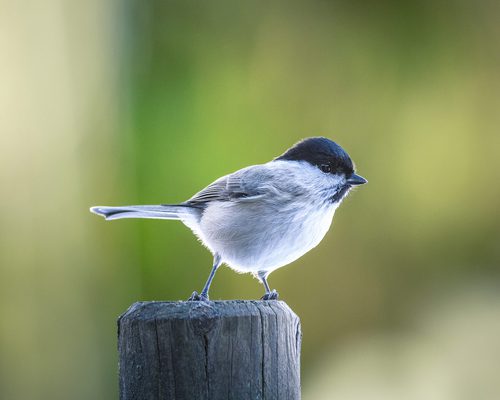
Massachusetts
Black-capped Chickadee
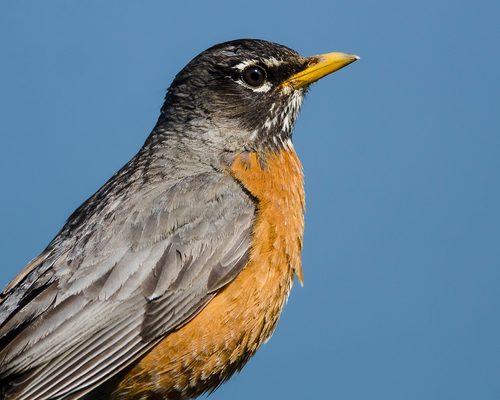
Michigan
American Robin
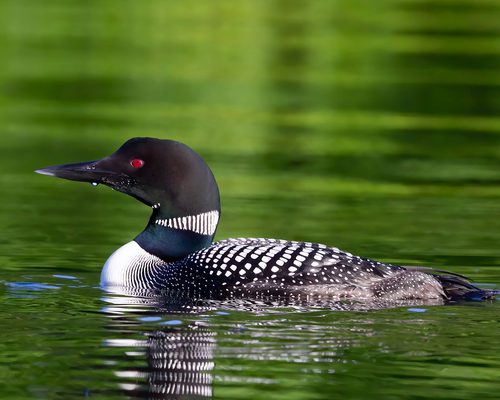
Minnesota
Common Loon
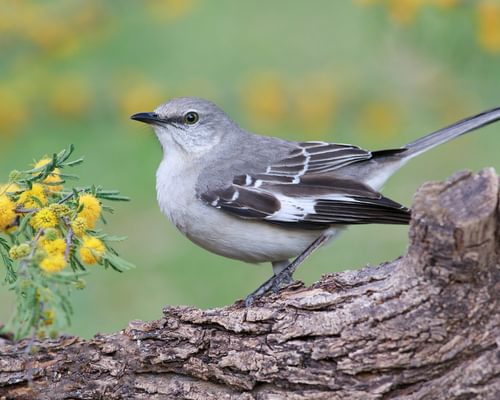
Mississippi
Northern Mockingbird
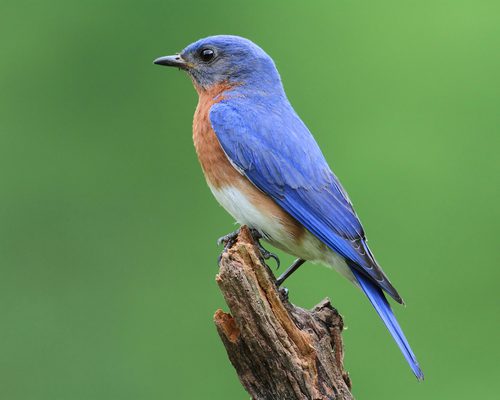
Missouri
Eastern Bluebird
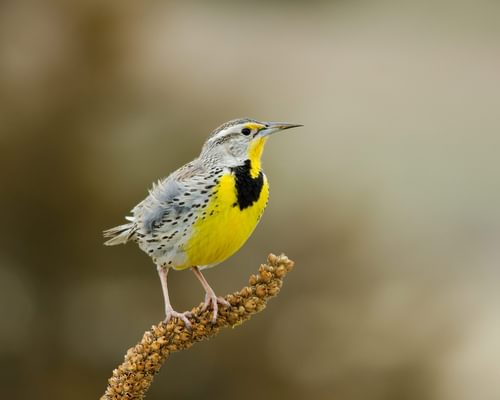
Montana
Western Meadowlark
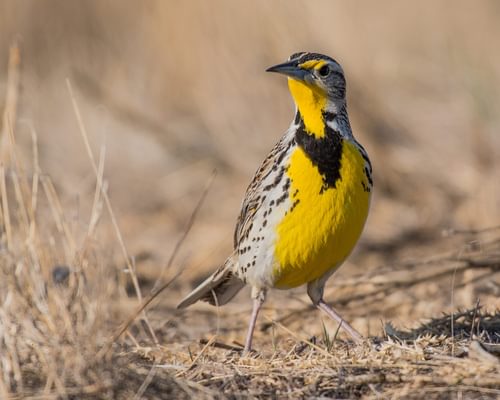
Nebraska
Western Meadowlark
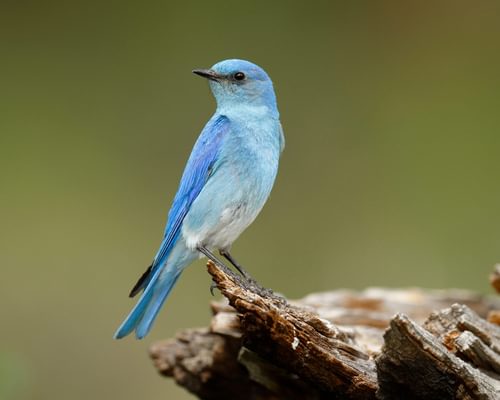
Nevada
Mountain Bluebird
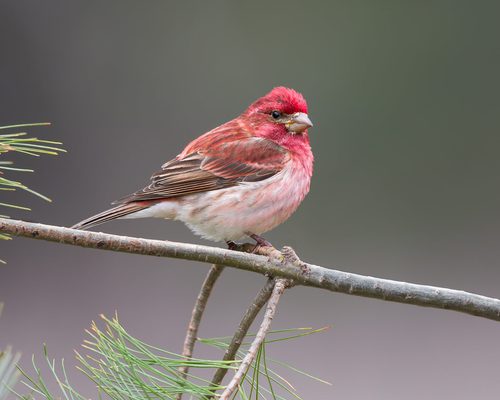
New Hampshire
Purple Finch
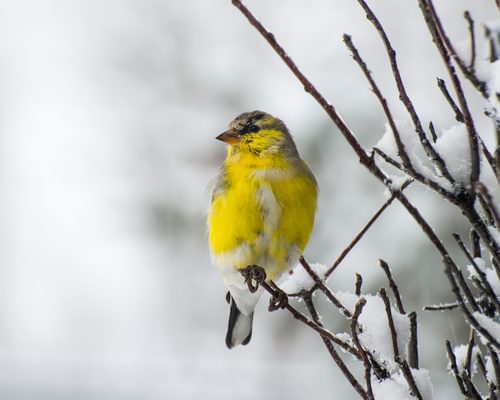
New Jersey
American Goldfinch
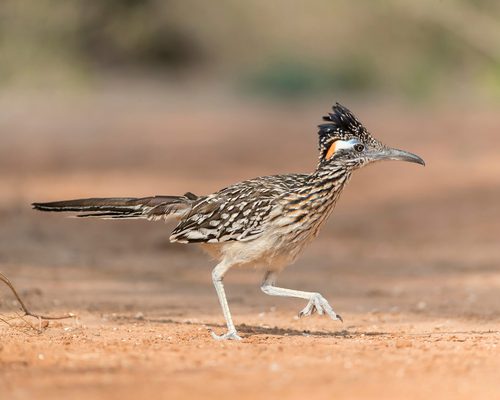
New Mexico
Greater Roadrunner
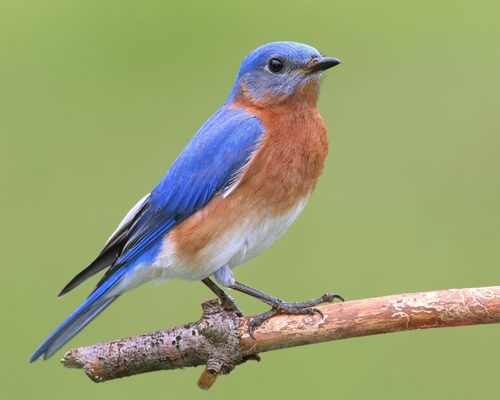
New York
Eastern Bluebird
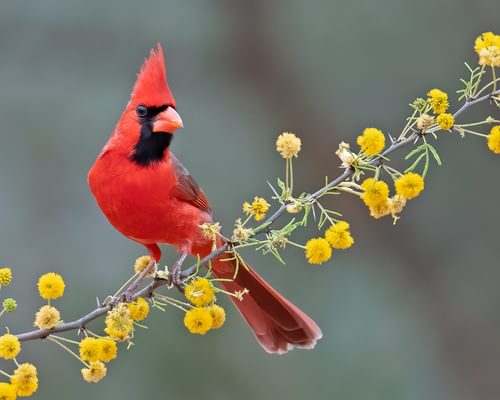
North Carolina
Northern Cardinal
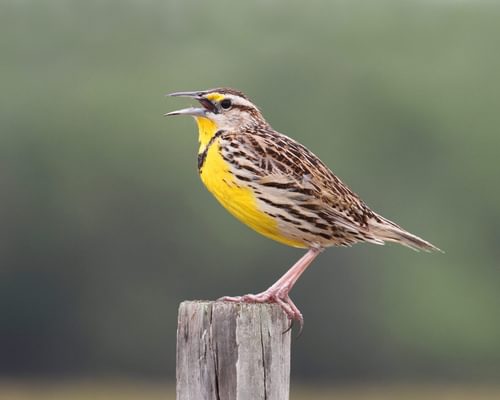
North Dakota
Western Meadowlark
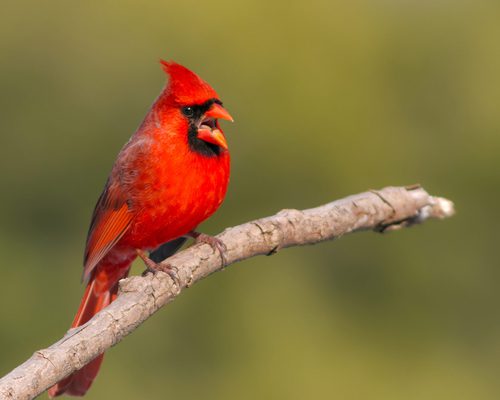
Ohio
Northern Cardinal
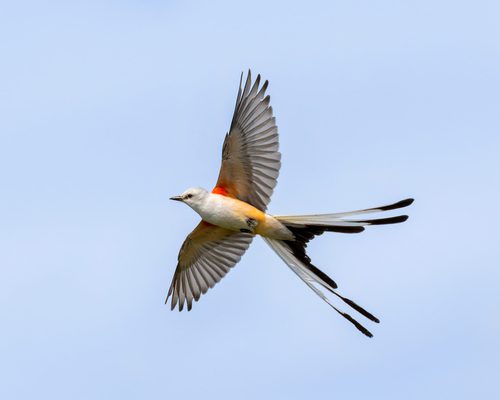
Oklahoma
Scissor-tailed Flycatcher
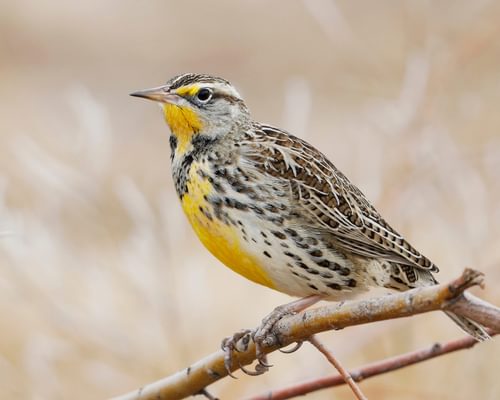
Oregon
Western Meadowlark
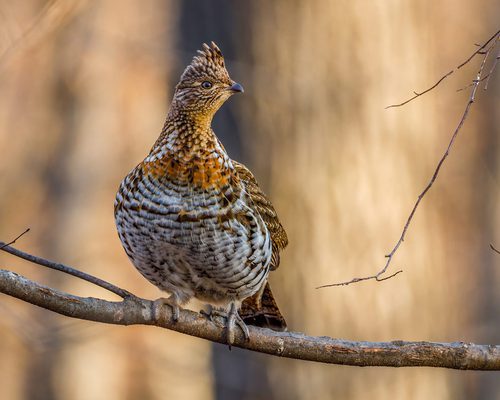
Pennsylvania
Ruffed Grouse

Rhode Island
Rhode Island Red
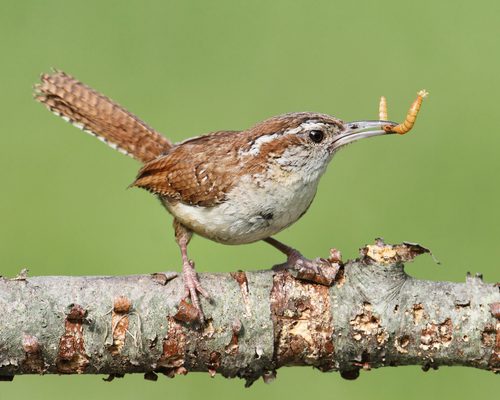
South Carolina
Carolina Wren
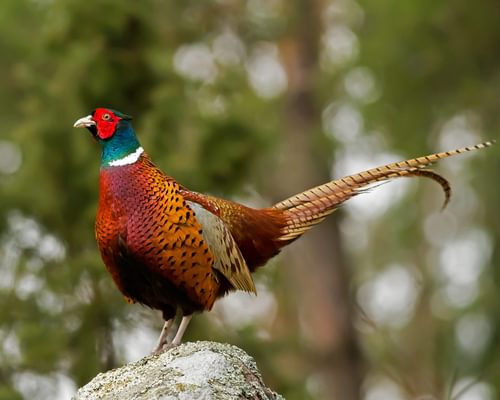
South Dakota
Ring-necked Pheasant
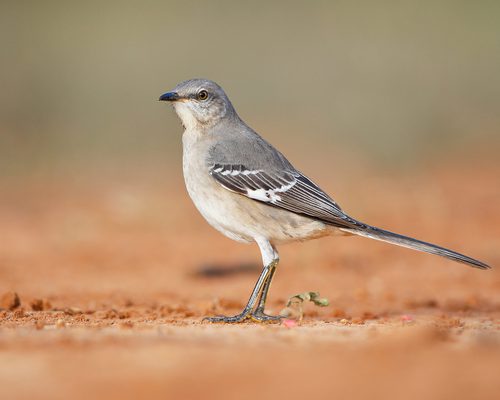
Tennessee
Northern Mockingbird
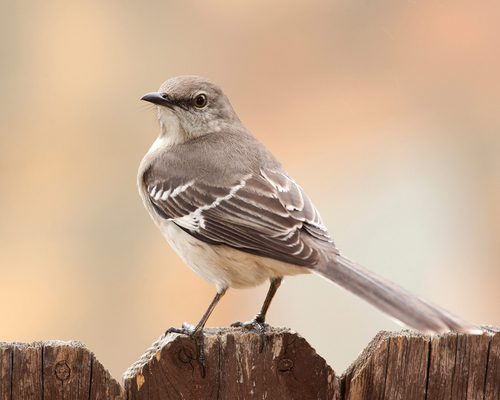
Texas
Northern Mockingbird
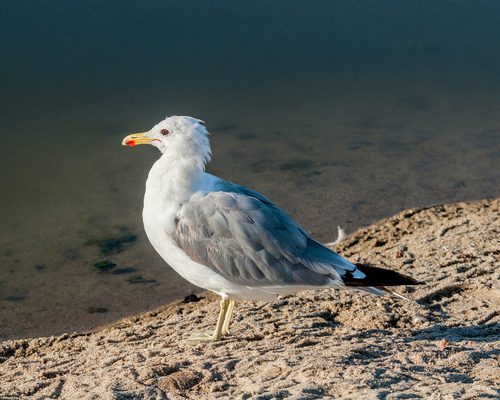
Utah
California Gull
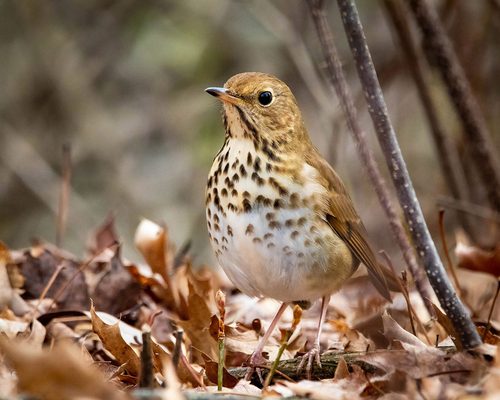
Vermont
Hermit Thrush
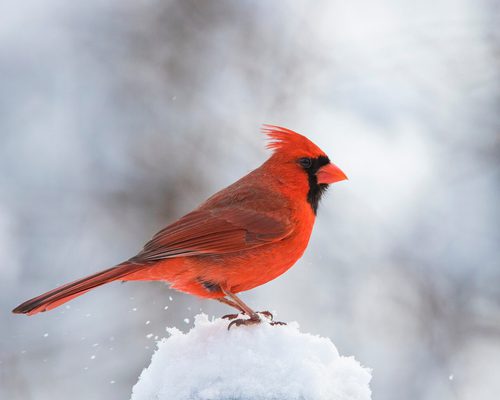
Virginia
Northern Cardinal
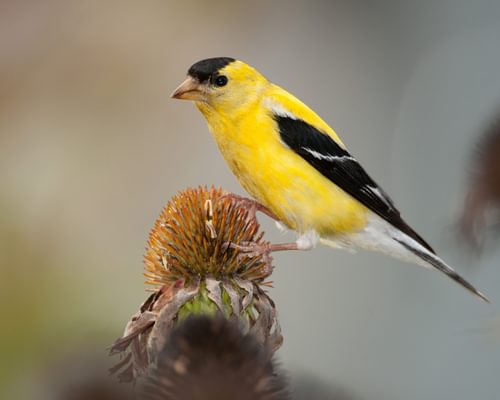
Washington
American Goldfinch
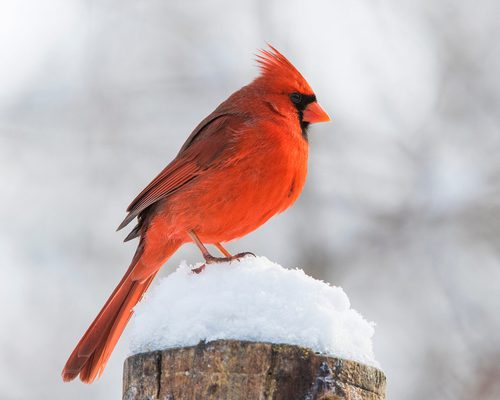
West Virginia
Northern Cardinal
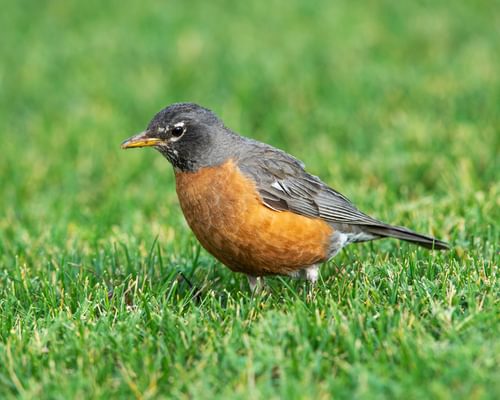
Wisconsin
American Robin

Wyoming
Western Meadowlark

Alabama
Northern Flicker

Alaska
Willow Ptarmigan

Arizona
Cactus Wren

Arkansas
Northern Mockingbird

California
California Quail

Colorado
Lark Bunting

Connecticut
American Robin

Delaware
Delaware Blue Hen

District of Columbia
Wood Thrush

Florida
Northern Mockingbird

Georgia
Brown Thrasher

Hawaii
Nene

Idaho
Mountain Bluebird

Illinois
Northern Cardinal

Indiana
Northern Cardinal

Iowa
American Goldfinch

Kansas
Western Meadowlark

Kentucky
Northern Cardinal

Louisiana
Brown Pelican

Maine
Black-capped Chickadee

Maryland
Baltimore Oriole

Massachusetts
Black-capped Chickadee

Michigan
American Robin

Minnesota
Common Loon

Mississippi
Northern Mockingbird

Missouri
Eastern Bluebird

Montana
Western Meadowlark

Nebraska
Western Meadowlark

Nevada
Mountain Bluebird

New Hampshire
Purple Finch

New Jersey
American Goldfinch

New Mexico
Greater Roadrunner

New York
Eastern Bluebird

North Carolina
Northern Cardinal

North Dakota
Western Meadowlark

Ohio
Northern Cardinal

Oklahoma
Scissor-tailed Flycatcher

Oregon
Western Meadowlark

Pennsylvania
Ruffed Grouse

Rhode Island
Rhode Island Red

South Carolina
Carolina Wren

South Dakota
Ring-necked Pheasant

Tennessee
Northern Mockingbird

Texas
Northern Mockingbird

Utah
California Gull

Vermont
Hermit Thrush

Virginia
Northern Cardinal

Washington
American Goldfinch

West Virginia
Northern Cardinal

Wisconsin
American Robin

Wyoming
Western Meadowlark
Bird Distribution Analysis

Northern Cardinal

Western Meadowlark

Northern Mockingbird

American Robin

American Goldfinch

Eastern Bluebird

Mountain Bluebird
